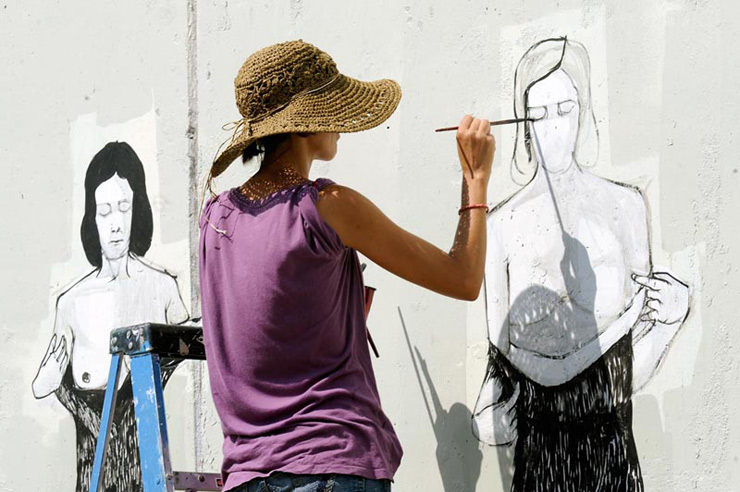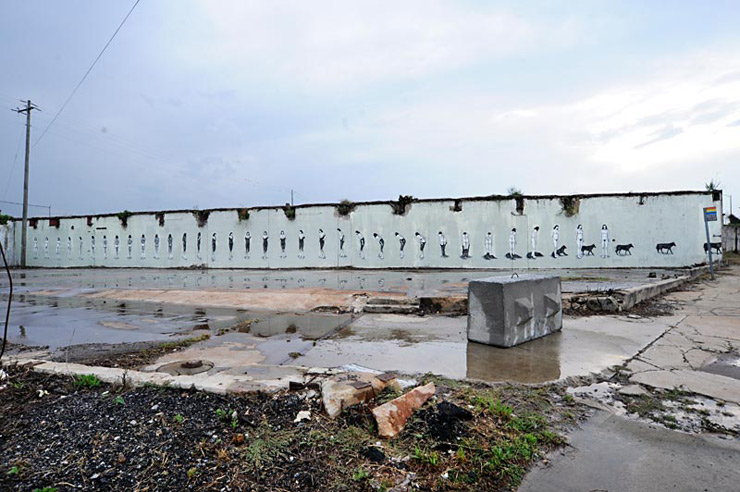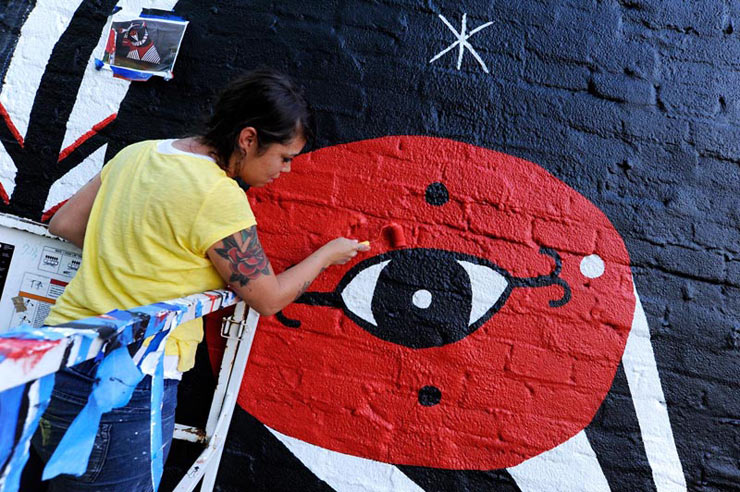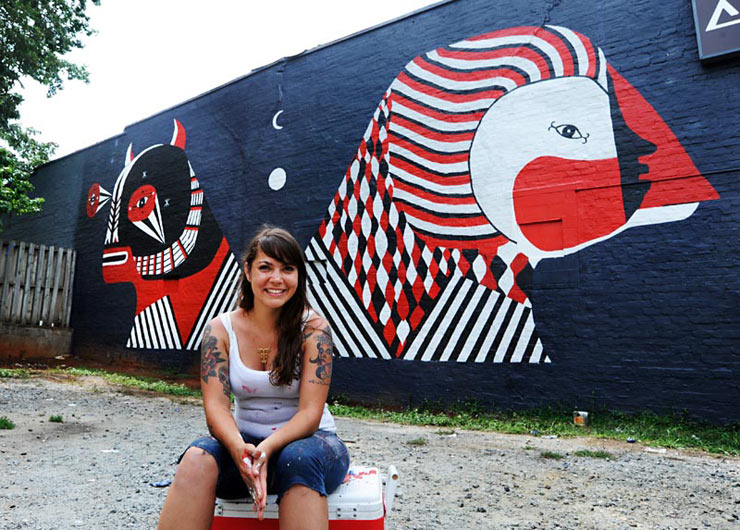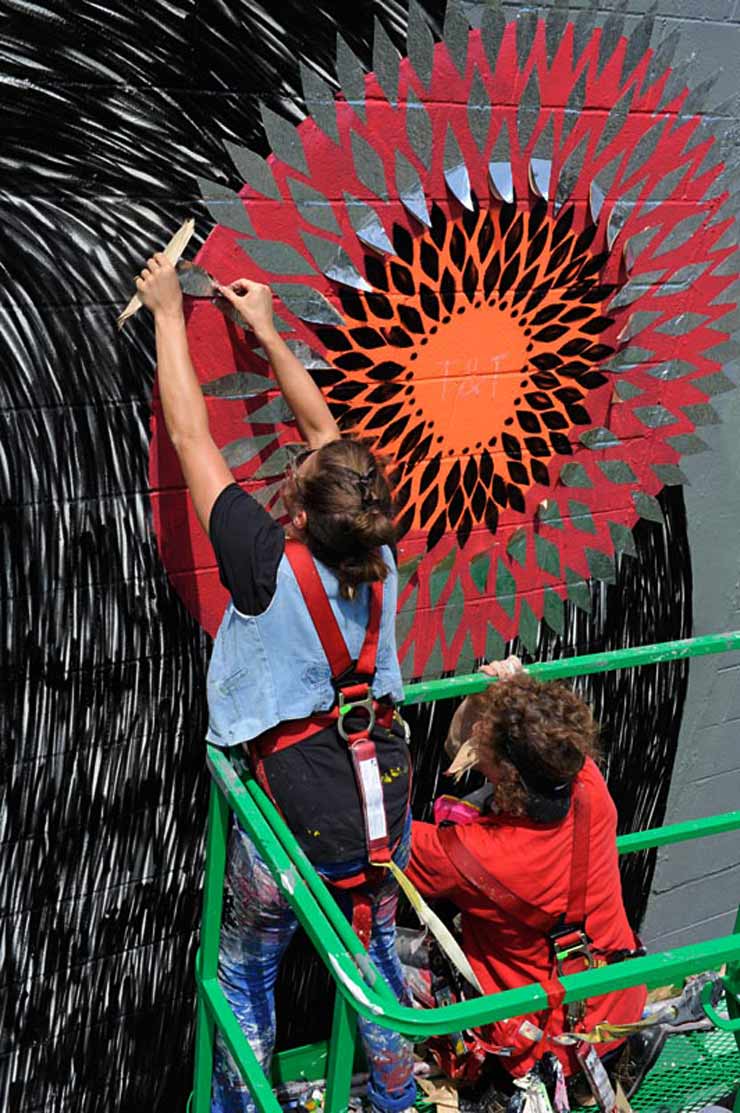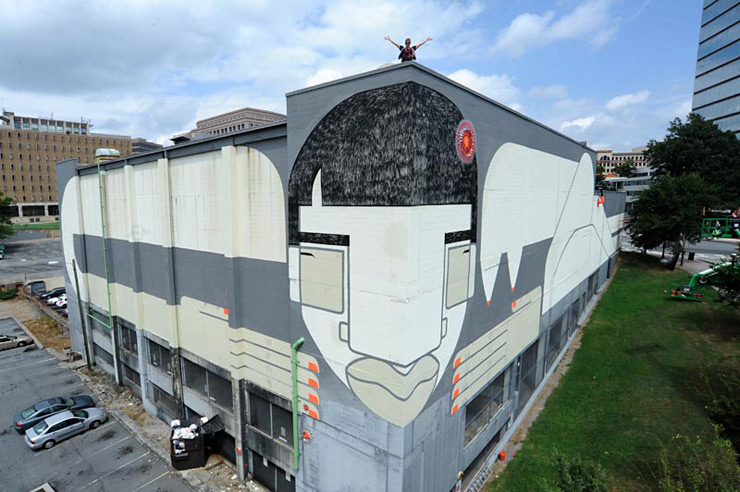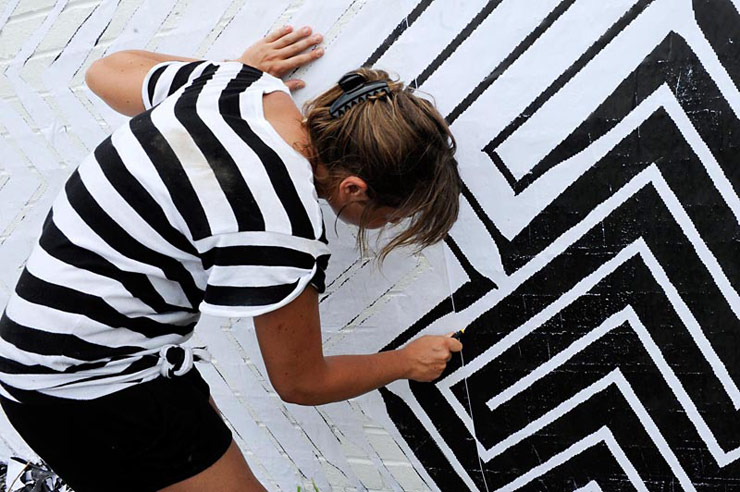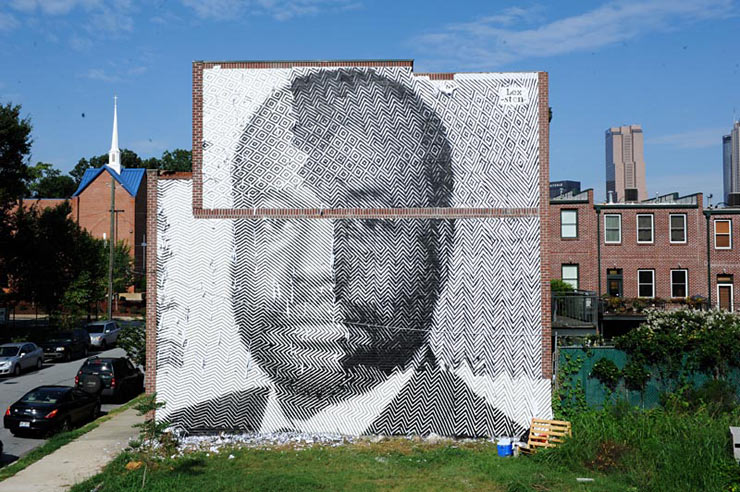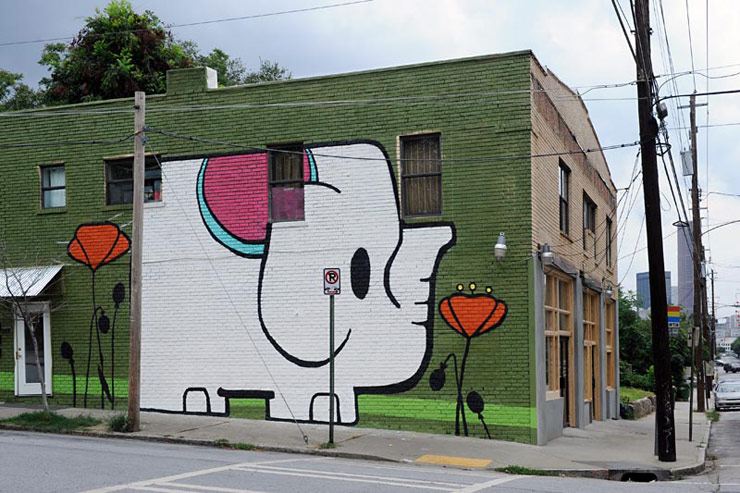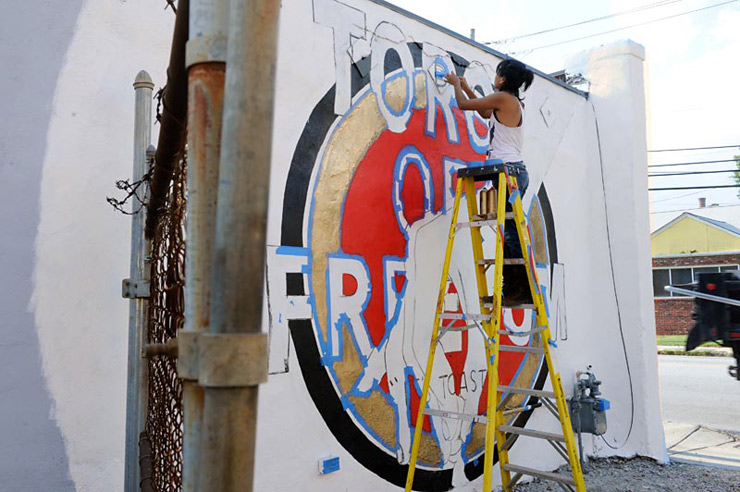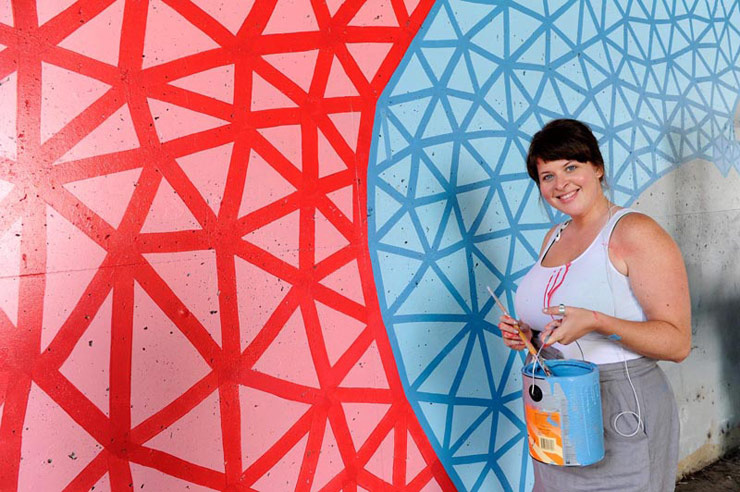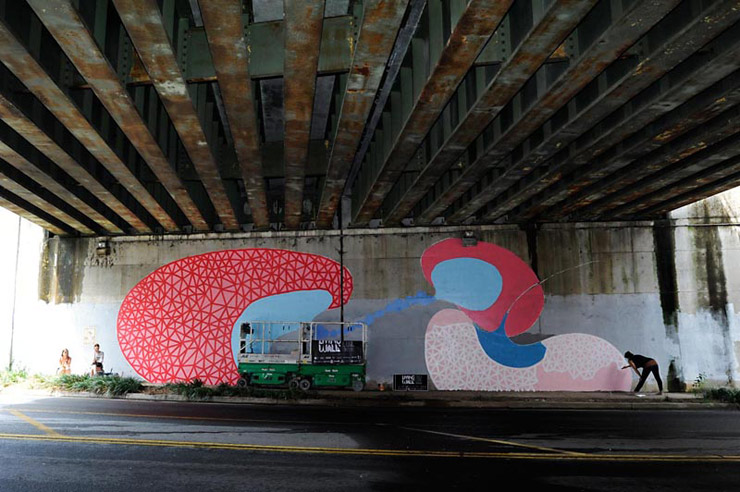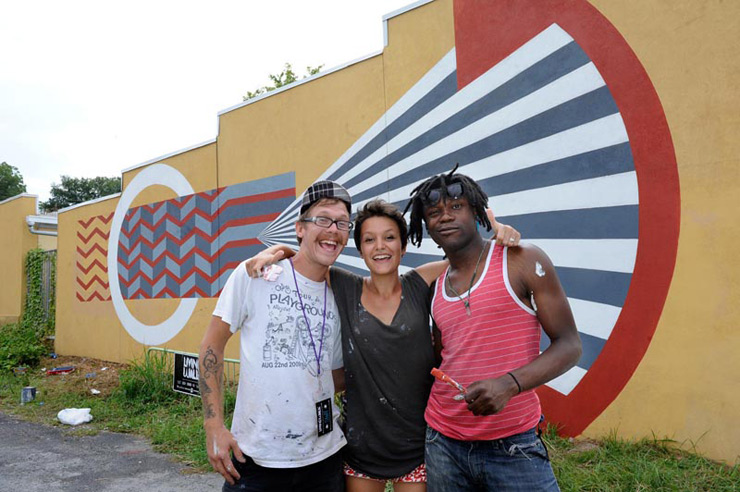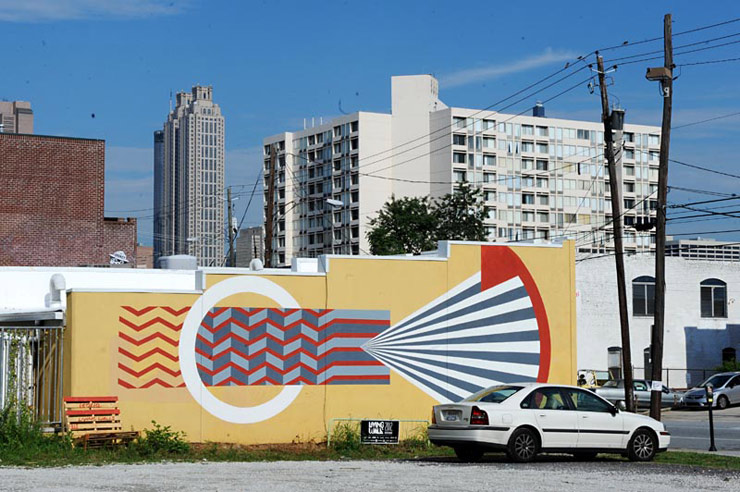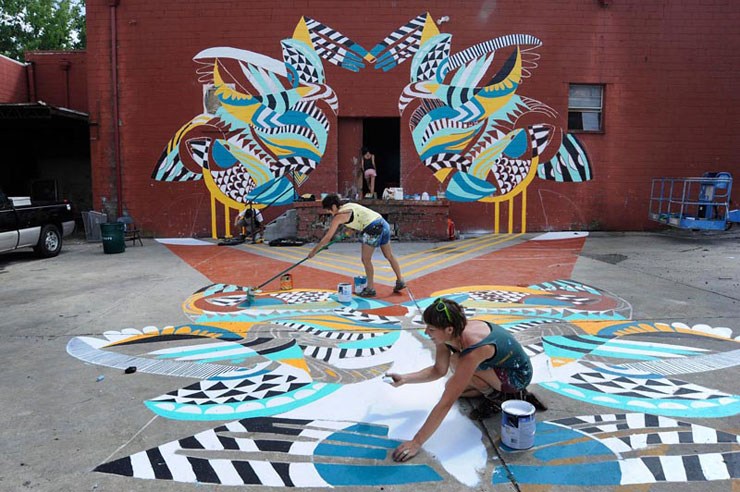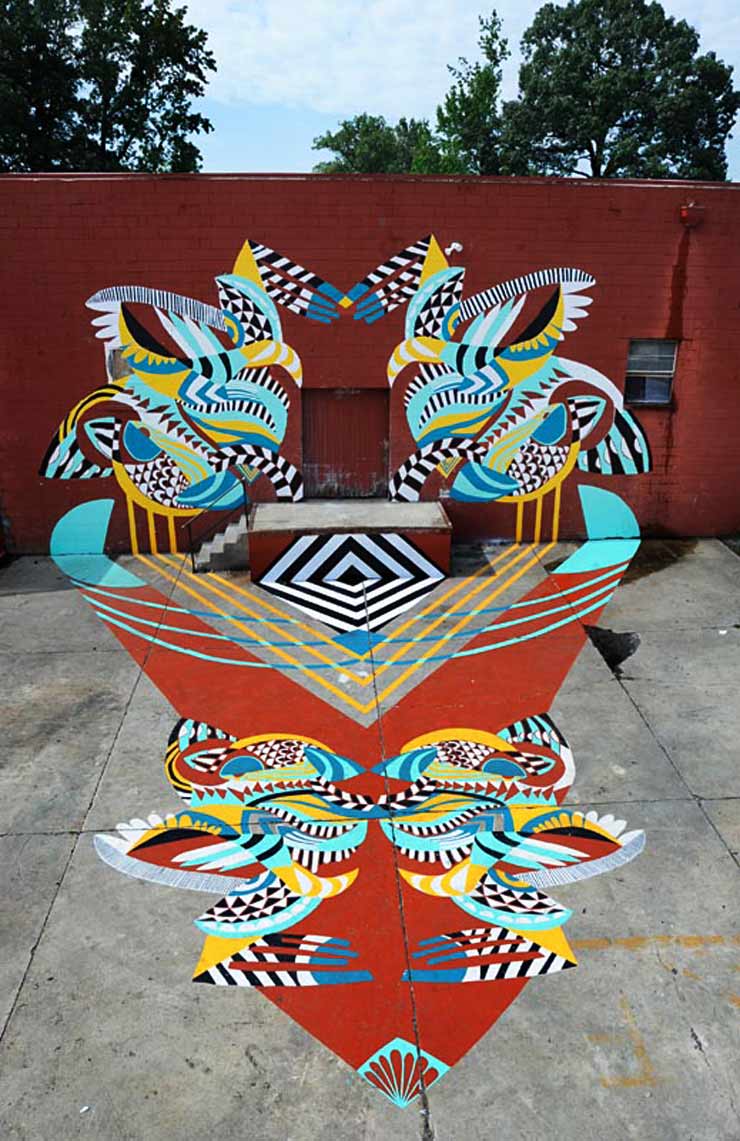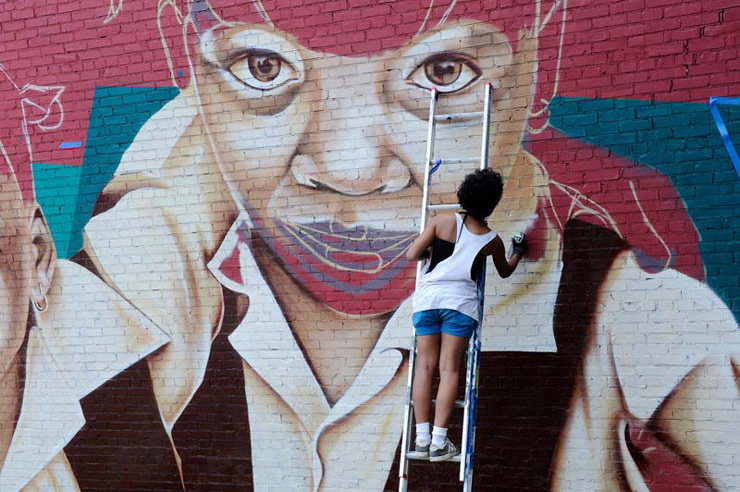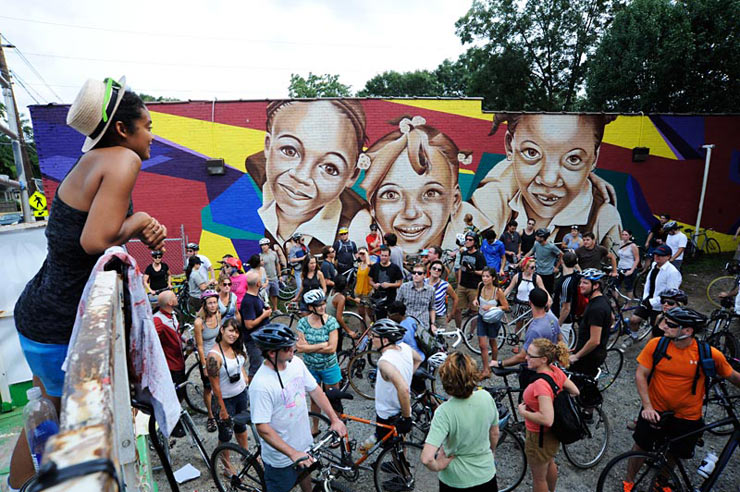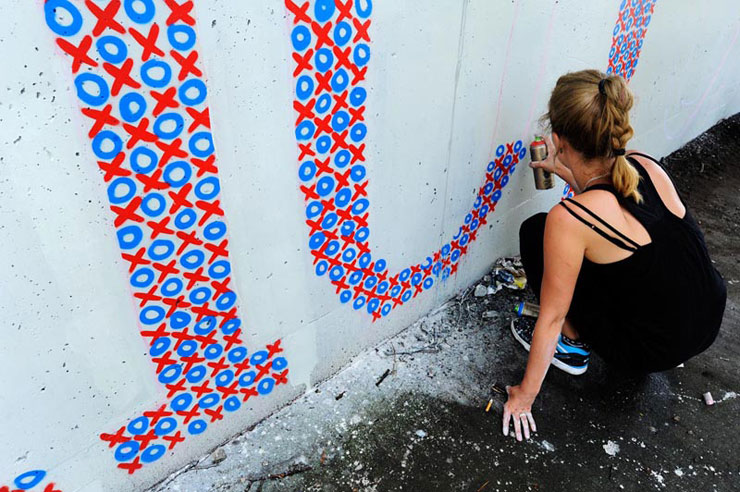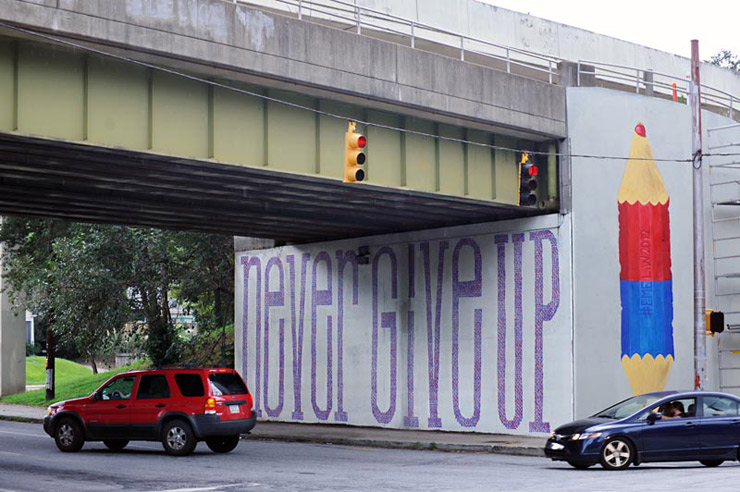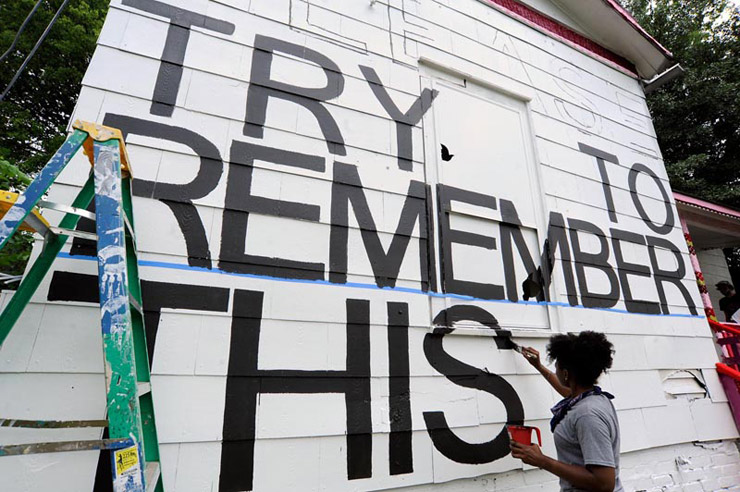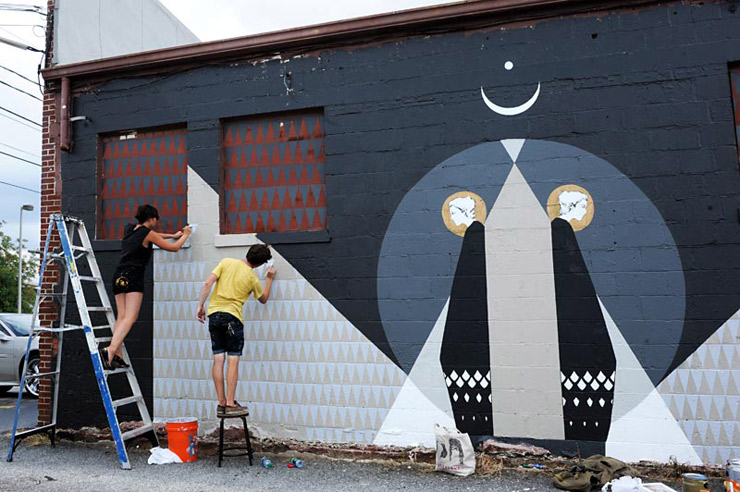|
( See also, Palestinian Children's Relief Fund, politics aside )
In July, 2011, I mentioned both of these films in a post entitled "Soldiers, Children and War," about a report describing Palestinian children detained and jailed by the Israeli army over a five-year period, some as young as eight and nine years old (Guardian UK "Hundreds of Palestinian minors jailed for throwing stones, says report"). The films, the report, the news, and now the current escalation of hostilities between Palestinians and Israelis, all give evidence that children raised amid violence may well grow up normalizing violence.
Moreover, when sixty years on journalists are reporting from "Maghazi Refugee Camp, Gaza Strip" the very meaning of the words "refugee camp" (prominent in the film Promises), defined by Collins online dictionary as "a camp for sheltering and protecting people who have fled from some danger or problem, especially political persecution," and understood by most accounts to be a temporary solution, needs to be reexamined. The United Nations Relief and Work Agency (UNRWA) defines today's Palestinian refugees as "those who are descendants of the original Palestine refugees" and "whose normal place of residence was Palestine between June 1946 and May 1948, who lost both their homes and means of livelihood as a result of the 1948 Arab-Israeli conflict." In 1950 when they began, the UNRWA was responding to the needs of about 750,000 Palestine refugees. Today, five million Palestine refugees are eligible for UNRWA services and "one-third of the registered Palestine refugees, more than 1.4 million, live in 58 recognized refugee camps in Jordan, Lebanon, the Syrian Arab Republic, the Gaza Strip and the West Bank, including East Jerusalem."
This morning, in an article in New York Times, "Today Brigades Fire on Israel with a New Discipline," we see how, in their everyday lives, children raised under occupation are socialized towards violence. Read together with Sarah Mousa's first person narrative in Al Jazeera, "Notes from Gaza" (she graduated from Princeton University's Woodrow Wilson School of Public and International Affairs in 2010 and was a 2010-2011 Fulbright Scholar in Egypt), we see how violence becomes a regular part of day-to-day living, leading to the emergence of a military force that is described as inseparable from the social fabric and lived environment of the refugees in Gaza. The New York Times reports that "Most Qassam fighters have day jobs — as police officers, university professors, ministry clerks." They live in a "150-square-mile strip with 1.5 million people who know one another’s business, and parents are proud when their sons enlist." Civilian soldiers fighting in communities where they work and raise their families. Sounds familiar.
From the time he was a boy, Ali al-Manama dreamed of joining the Izzedine al-Qassam Brigades, the military wing of the Islamic Hamas movement. His commitment intensified when his father, a Qassam fighter, was killed by an Israeli drone in 2001 as he fired mortar shells over the border. Ali joined up at 15, relatives said, and by 23 had risen to be a commander in this neighborhood in the midsection of this coastal Palestinian territory.
His wish to die fighting and become a martyr — and the honor it would
bring in his community — was fulfilled Saturday morning at 7:30, though
the missile struck him not while he was in active combat, but while
talking on a cellphone that Israeli intelligence might have used to
track his whereabouts.
“He had been telling us all week about all the achievements of Qassam,” Mahmoud said. “When he heard about the rockets in Israel, he would be very proud.”
In a quote reminiscent of the Continental Army in the Revolutionary War (I am not comparing the political aspects of these two groups) who hid their arsenals in barns on family farms, we learn that in Gaza "military
storehouses are woven into residential neighborhoods."
The article continues:
. . . .most fighters join at the age of 16 or 17, and spend about a year in religious indoctrination, security education, and finally combat training before secret induction ceremonies in which they take an oath on the Koran.
Sarah Mousa's "Notes from Gaza" is a personal account of the bombings in Gaza. In this piece she also compares the current situation to the 2009 invasion. Below, her words could be describing footage from Gaza Strip filmed, in 2001 or Promises, filmed between 1995 and 2000, or any other hostility in Gaza in the last 45 years. The Arab children featured in the aforementioned films living in refugee camps, if they are still alive, could be the young adults mentioned in today's news.
From the moment I entered Gaza, the blockade and destruction were apparent. Barbed wire fences line the territory's land border with Israel, navy ships are visible off the shore, and drones occasionally hover above. Gaza is indeed a prison, with tight controls on entrance and exit. Although nearly four years have passed since the last major incursion into Gaza, buildings were still left destroyed, as prohibitions on construction materials leave rebuilding nearly impossible.
Throughout my time there, I continued to see contradictions. Children played joyously in the rubble of destroyed buildings. Young students, well-informed and outspoken, self-professed "tweeps", refused to surrender to their circumstances. When asked what the "outside world" (that is what Gazans call everything outside of the territory, land that is for many of them beyond reach) should know about Gaza, they insisted that they not be portrayed as humanitarian victims, as people starving in need of aid. Instead, they wanted light to be shed on and action to be taken against the daily violations of basic rights which they endure.
Much better writers with more experience and knowledge of this conflict will continue to analyze unfolding events in Israel and the Gaza Strip. As an outsider, I am in no position to offer insight or opinion to match first person accounts or political, military and academic expertise. However, I want to point out, as presented in the news and other media, how children living generation after generation in refugee camps, their homes patrolled by a well-trained and heavily armed military, their communities secured by armed guards at check-points, their routines subject to question at any time, the air they breathe and the streets in which they play filled with the sight and smell of gunfire, will find their own ways to give meaning to their lives when other avenues are denied, even if that means the possibility of violence or death.




